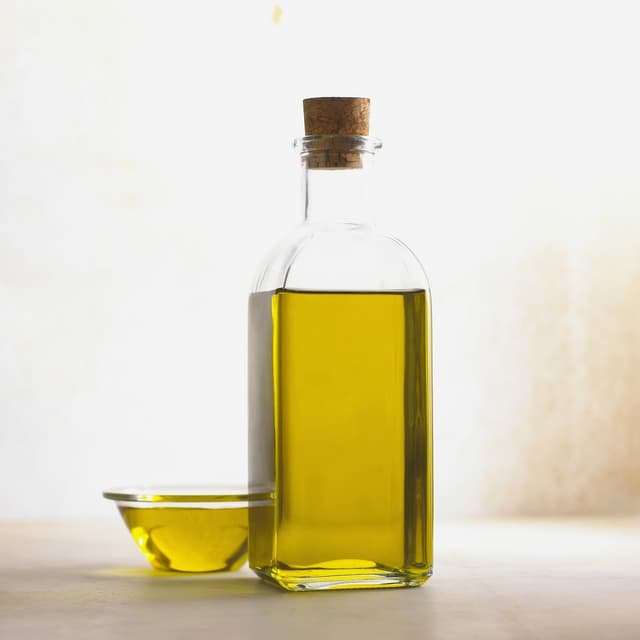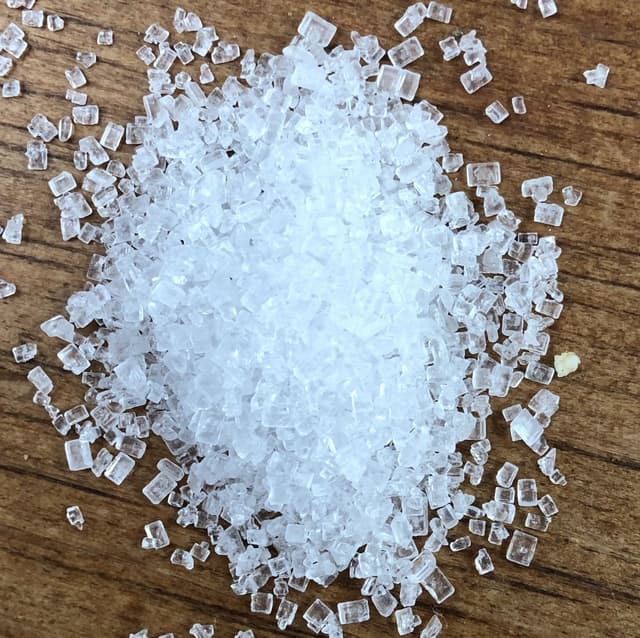Myths about teaching can hold you back
- Year 4
Melting temperatures: research
I can research and compare the melting temperatures of common materials.
- Year 4
Melting temperatures: research
I can research and compare the melting temperatures of common materials.
These resources will be removed by end of Summer Term 2025.
Switch to our new teaching resources now - designed by teachers and leading subject experts, and tested in classrooms.
These resources were created for remote use during the pandemic and are not designed for classroom teaching.
Lesson details
Key learning points
- The melting temperature of a material is the temperature at which it changes from solid state to liquid state.
- Different materials have different melting temperatures.
- It is hard for scientists to create temperatures high enough to make some materials melt.
- Melting temperatures can be researched using secondary sources of information.
- When carrying out research, more than one source should be used to check that the information is accurate and reliable.
Keywords
Melting temperature - The melting temperature of a material is the temperature at which it turns from solid state to liquid state.
Solid - A solid has a fixed shape and volume but some solids can change shape when a force is applied.
Liquid - A liquid can flow, has a fixed volume and takes the shape of the bottom of its container.
Degrees Celsius - Temperature is measured in degrees Celsius, often abbreviated to °C.
Secondary sources - Secondary sources are texts, images or objects created using information gathered by others.
Common misconception
Children may think that only common materials such as ice melt; that materials cannot melt at room temperature or that when something melts, the liquid is a different substance to the original solid.
Children are shown a range of materials with different melting temperatures which range from below to above room temperature. They are taught to refer to materials in a way that highlights the fact that the material is still the same substance.
To help you plan your year 4 science lesson on: Melting temperatures: research, download all teaching resources for free and adapt to suit your pupils' needs...
To help you plan your year 4 science lesson on: Melting temperatures: research, download all teaching resources for free and adapt to suit your pupils' needs.
The starter quiz will activate and check your pupils' prior knowledge, with versions available both with and without answers in PDF format.
We use learning cycles to break down learning into key concepts or ideas linked to the learning outcome. Each learning cycle features explanations with checks for understanding and practice tasks with feedback. All of this is found in our slide decks, ready for you to download and edit. The practice tasks are also available as printable worksheets and some lessons have additional materials with extra material you might need for teaching the lesson.
The assessment exit quiz will test your pupils' understanding of the key learning points.
Our video is a tool for planning, showing how other teachers might teach the lesson, offering helpful tips, modelled explanations and inspiration for your own delivery in the classroom. Plus, you can set it as homework or revision for pupils and keep their learning on track by sharing an online pupil version of this lesson.
Explore more key stage 2 science lessons from the Introduction to states of matter and changing states unit, dive into the full primary science curriculum, or learn more about lesson planning.

Equipment
None
Licence
Prior knowledge starter quiz
6 Questions
Q1.What instrument would you use to measure temperature?
Q2.The melting temperature of water is °C.
Q3.Which of these materials has the lower melting temperature?


Q4.Match the state to the description.
keeps its shape unless a force is applied to it
takes the shape of the bottom of its container
fills its container


